His assignment was to train gauchos to be loggers. That’s what the Peace Corps hoped Brett Chedzoy would accomplish in Argentina in the 1990s. “I wasn’t too successful,” Chedzoy admitted, “but I did work with forestry people on afforestation – introducing trees to open land where cattle were being grazed.” And that experience was the seed of his enthusiasm today for silvopastoralism, a practice that is used in many parts of the world to combine livestock, trees, and forage into a forest management plan. Now a senior resource educator at the Cornell Cooperative Extension of Schuyler County in New York, Chedzoy has not only become an advocate of silvopastoralism, but also an accomplished practitioner.
Done correctly, silvopastoralism can be a mutually beneficial arrangement: livestock keep forest undergrowth in check while enjoying the dappled shade and comfortable temperatures provided by the trees. The shade and moderate temperatures, in particular, promote the growth of nutritious and varied forage. Of course, anyone who has read Munro Leaf’s Ferdinand the Bull knows that the fictional Ferdinand preferred to graze and rest in the shade of cork trees rather than fight toreadors in the ring. He was enjoying a montado, the traditional silvopastoral system used in Portugal. In fact, Ferdinand’s cork tree plantation is a good example of the way that widely spaced trees and grazing livestock can complement each other.
But bringing together livestock and live trees is not simple in reality. “A forest is not a feedlot with trees,” emphasized Joseph Orefice, extension association and director of Cornell University’s Uihlein Maple Research Forest. He has personal experience to support this contention. “I grew up on a farm in Connecticut where my father put his livestock into the forests to kill trees and clear land. But he didn’t get great results,” Orefice recalled. After getting a degree in forestry, Orefice established his own farm in Saranac, New York, and began studying and applying more proven silvopastoral techniques.
Where dense apple trees had grown up, Orefice’s North Branch Farm now supports a herd of 20 grass-fed beef cattle pasturing in stands of trees. He notes, “You can grow trees for any use or product – nuts, timber, fruit – and include livestock, as long as the trees are spaced to let in enough light for grass to grow. It’s an integrated system with great benefits.” Both the pasture and the trees benefit from the free manure; the animals benefit from healthy pasture and the shade and shelter of the trees.
Both Chedzoy and Orefice cautioned that silvopastoralism is more complex than it may seem. Chedzoy cited “Goats in the Woods,” a joint project between Cornell and Penn State, as a not-so-successful early attempt to promote silvopastoralism in the Northeast: “The idea was that goats could control noxious weeds. And they can, but it requires intense management. Goats have to be kept in a paddock and the paddock has to be moved regularly to prevent soil compaction. Plus, goats are very fussy eaters, same as us. So you can’t just starve them into eating something you want to get rid of.”
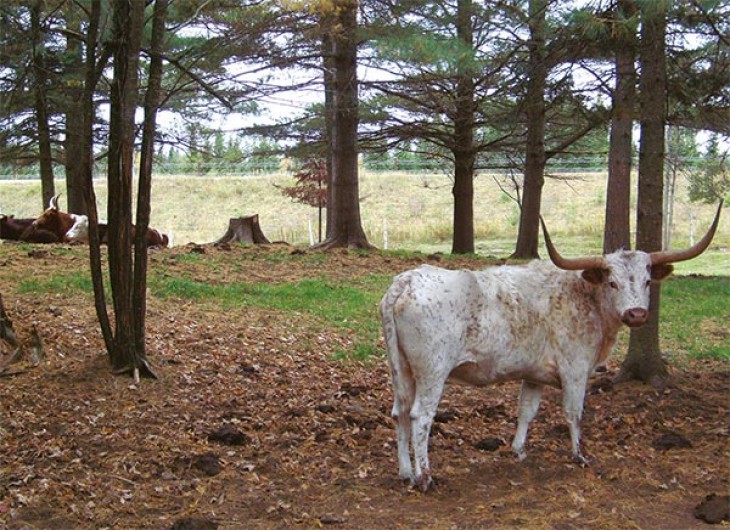
The bottom line is that successful silvopastoralism requires active and intensive management, mainly to ensure that grazing areas are controlled and rotated and that there are long rest and recovery periods between grazings, Chedzoy noted. “That’s what distinguishes silvopastoralism from woodland grazing of the past with its relatively unmanaged, prolonged access by animals – and its negative impacts.”
On Chedzoy’s New York farm, for example, he’s grazing cattle on over 400 acres (including six conifer plantations) of well-drained soils. “The grazing areas are six to seven acres in size and we manage our livestock to promote the best trees. We typically move our cattle daily, so the rest and recovery period of each paddock may exceed 100 days. I say ‘may’ because nothing is written in stone with adaptive grazing, and sometimes plans change,” he explains.
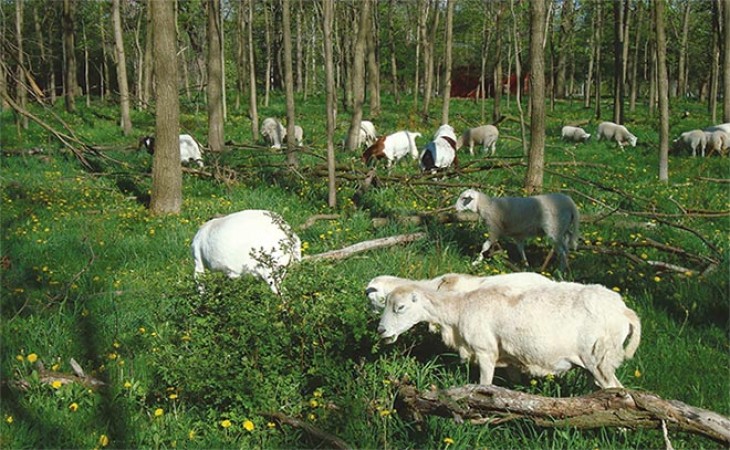
While silvopastoralism has mainly been practiced in warmer climates, the often cold and unpredictable weather of the northeastern US need not be a limit. In 2016, the University of New Hampshire Organic Dairy Research Farm established a 2.5-acre silvopastoral plot for a herd of heifers. “Most grazing animals can handle winter weather fine if they’re well-fed,” Chedzoy said. “You can put out hay in dense wooded areas. Animals can move in and stay comfortable for a short period of time even during a storm.” He used his own woods as a “living barn” to shelter his animals in 2015 when he was getting started farming and couldn’t afford to build a structure right away. “It prevented runoff from winter feeding and provided shelter free of charge,” he adds.
Given silvopastoralism’s mutual benefits to land and animals, Orefice is surprised that so few people in this region practice silvopastoralism. “Globally, it’s the biggest agroforestry land management system,” he noted. “And there’s no size limit to the area you can put to a silvopastoral system. And it can work anywhere you’d normally be mowing. It will work with geese, sheep, cattle, even pigs, although you have to be careful because pigs root into the soil.”
The real limits are money to get started and time to manage. “It’s hard to say what the upfront costs are if someone were to also be starting a farm from scratch,” said Orefice. “For a silvopasture paddock to be developed on an existing farm, the costs would include planting trees, electric and portable fencing, a watering system, site preparation, and grass establishment. The exact dollar amount would ultimately depend on scale, and silvopasture can happen at many scales.”



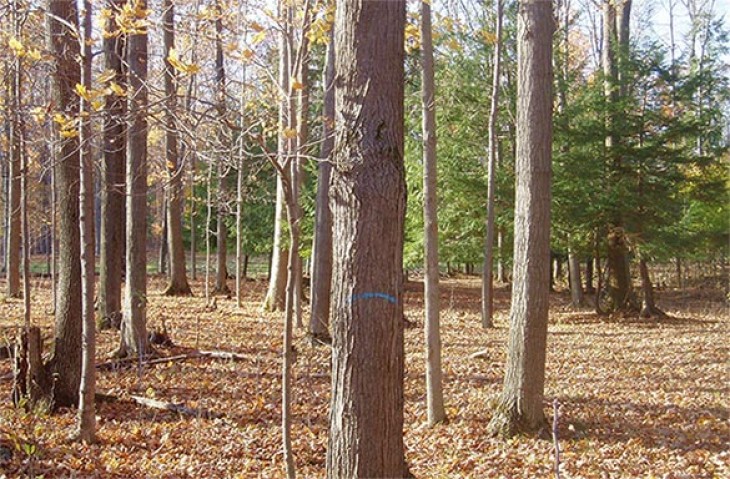
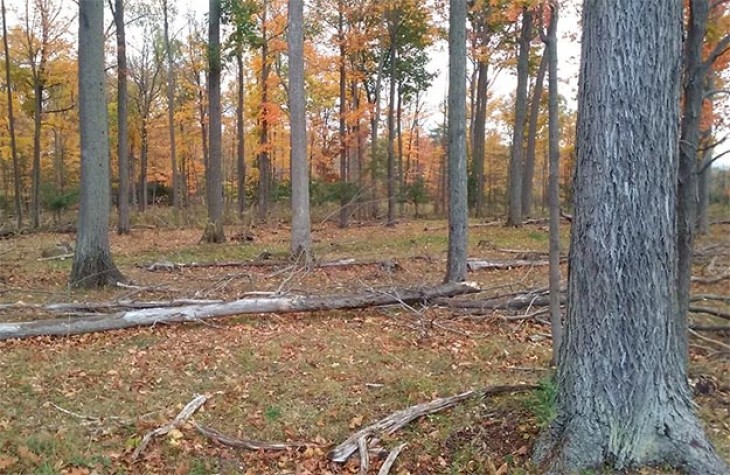
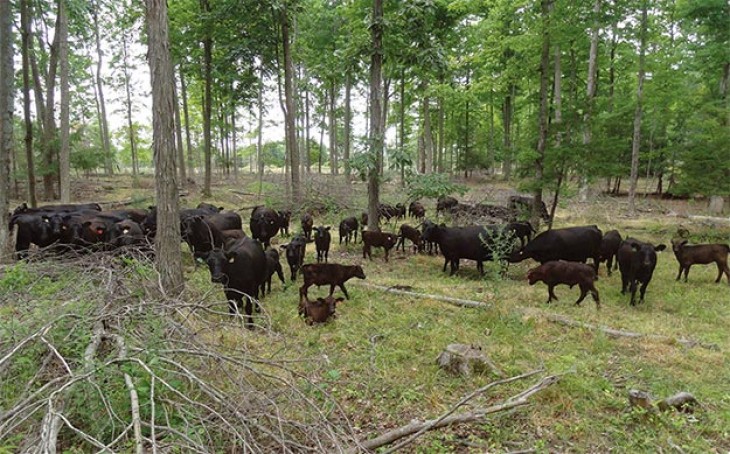
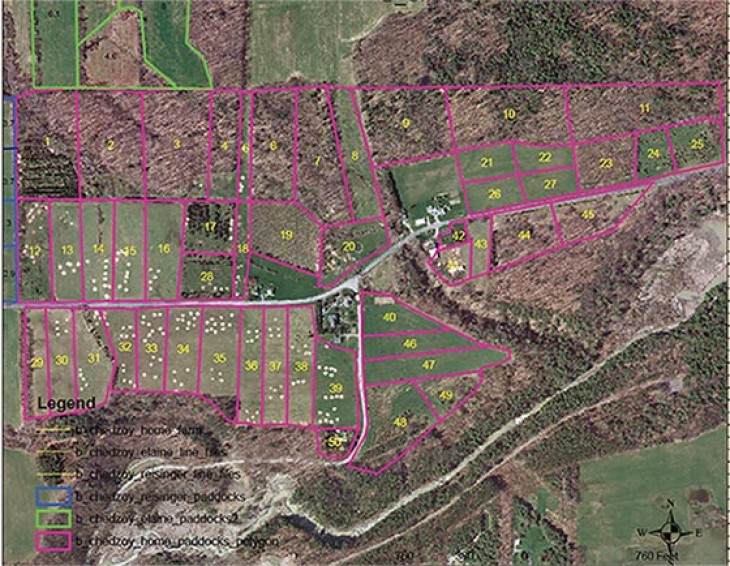
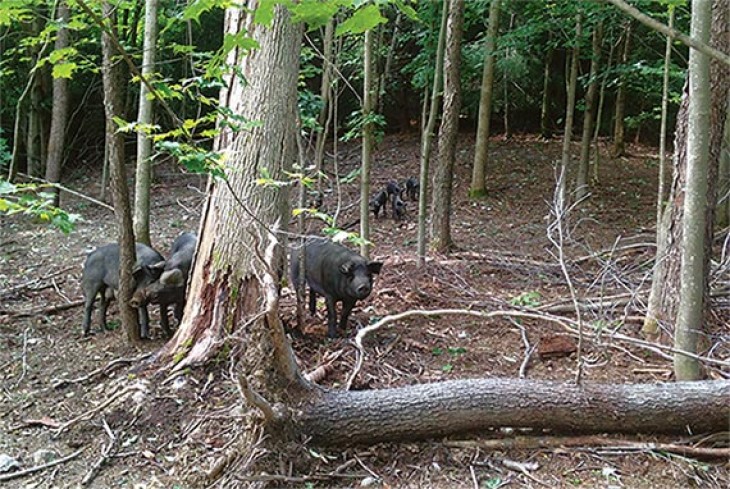
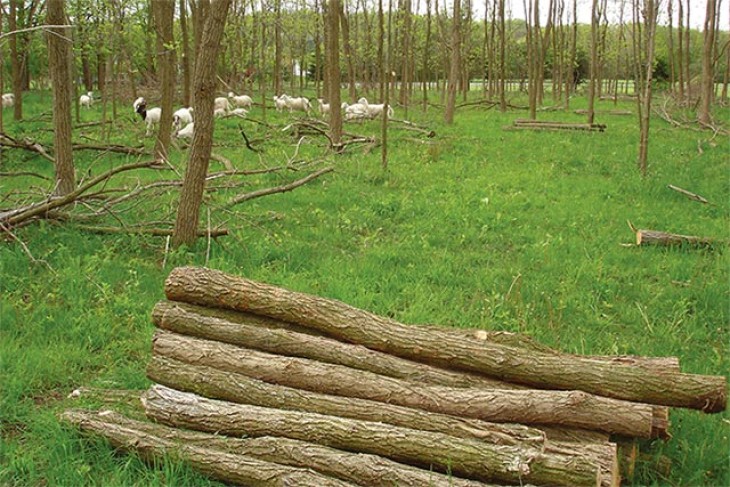
Discussion *